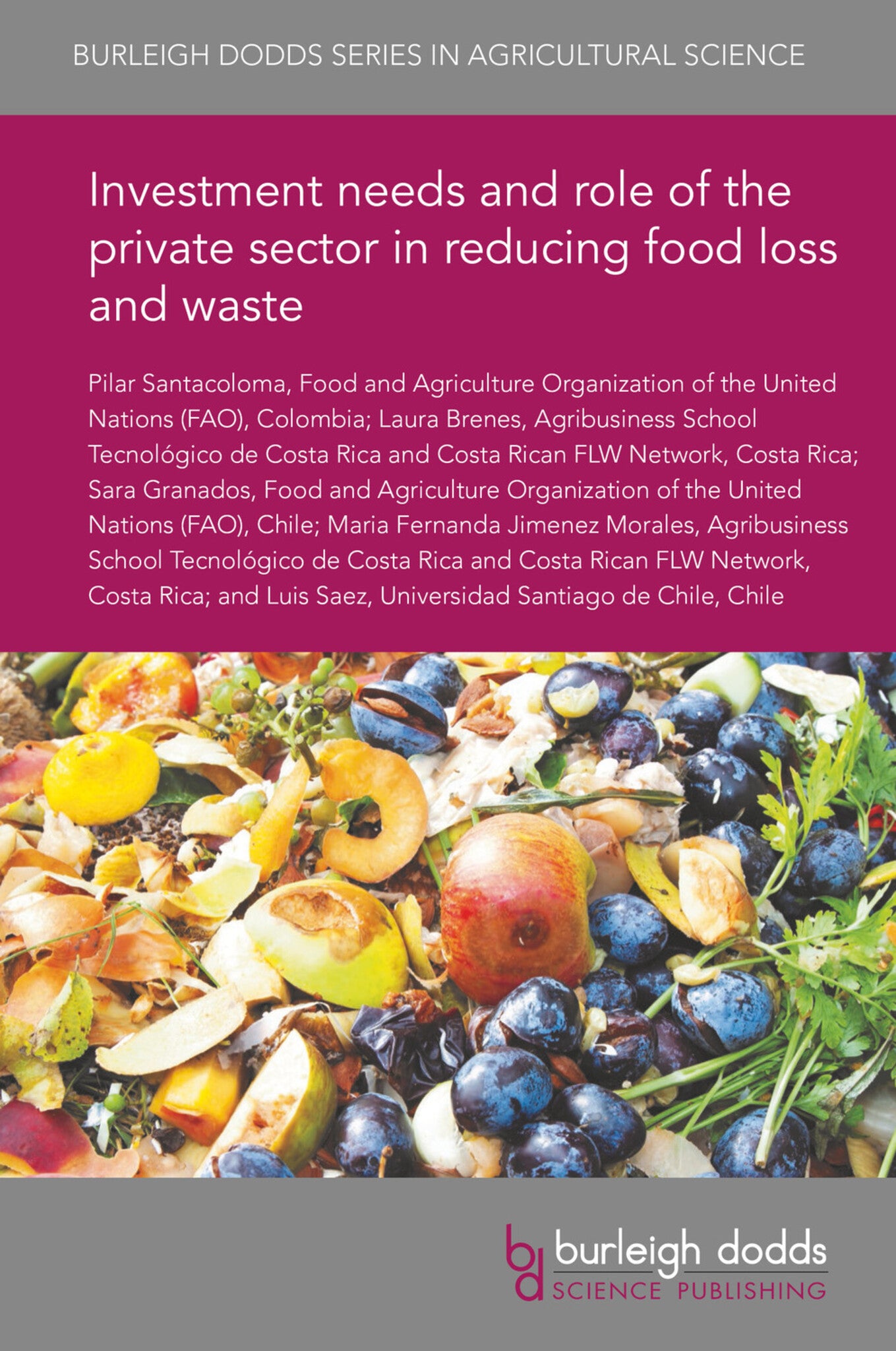We're sorry. An error has occurred
Please cancel or retry.
Investment needs and role of the private sector in reducing food loss and waste

Some error occured while loading the Quick View. Please close the Quick View and try reloading the page.
Couldn't load pickup availability
- Format:
-
23 March 2020


TECHNOLOGY & ENGINEERING / Agriculture / Sustainable Agriculture, Organic farming, TECHNOLOGY & ENGINEERING / Agriculture / Agronomy / Crop Science, TECHNOLOGY & ENGINEERING / Agriculture / Organic, TECHNOLOGY & ENGINEERING / Food Science / Food Safety & Security, Food security and supply, Sustainable agriculture, Agronomy and crop production

1 Introduction 2 Investment challenges to reach FLW reduction targets in the 2030 agenda 3 The private sector as a driver towards sustainable food systems: why investing in reducing FLW is a ‘business case’ 4 Public sector: the role of governments in enabling the legal and regulatory environment for FLW prevention and reduction 5 Cases from Latin America and the Caribbean 6 Relevance of the PPP for FLW initiatives 7 Way forward: what is needed for FLW PPP planning, management and monitoring? Which type of alliances? 8 Where to look for further information 9 References



